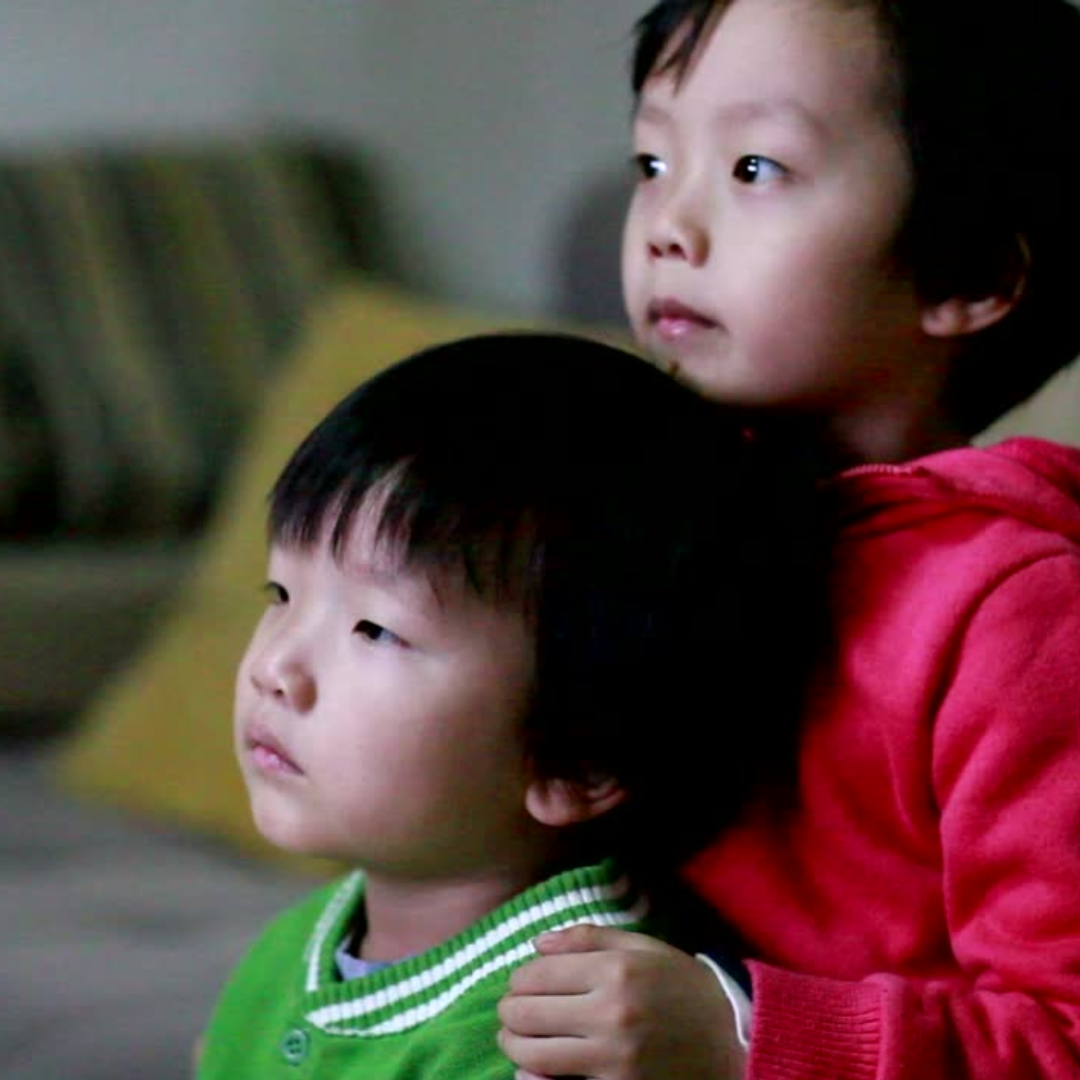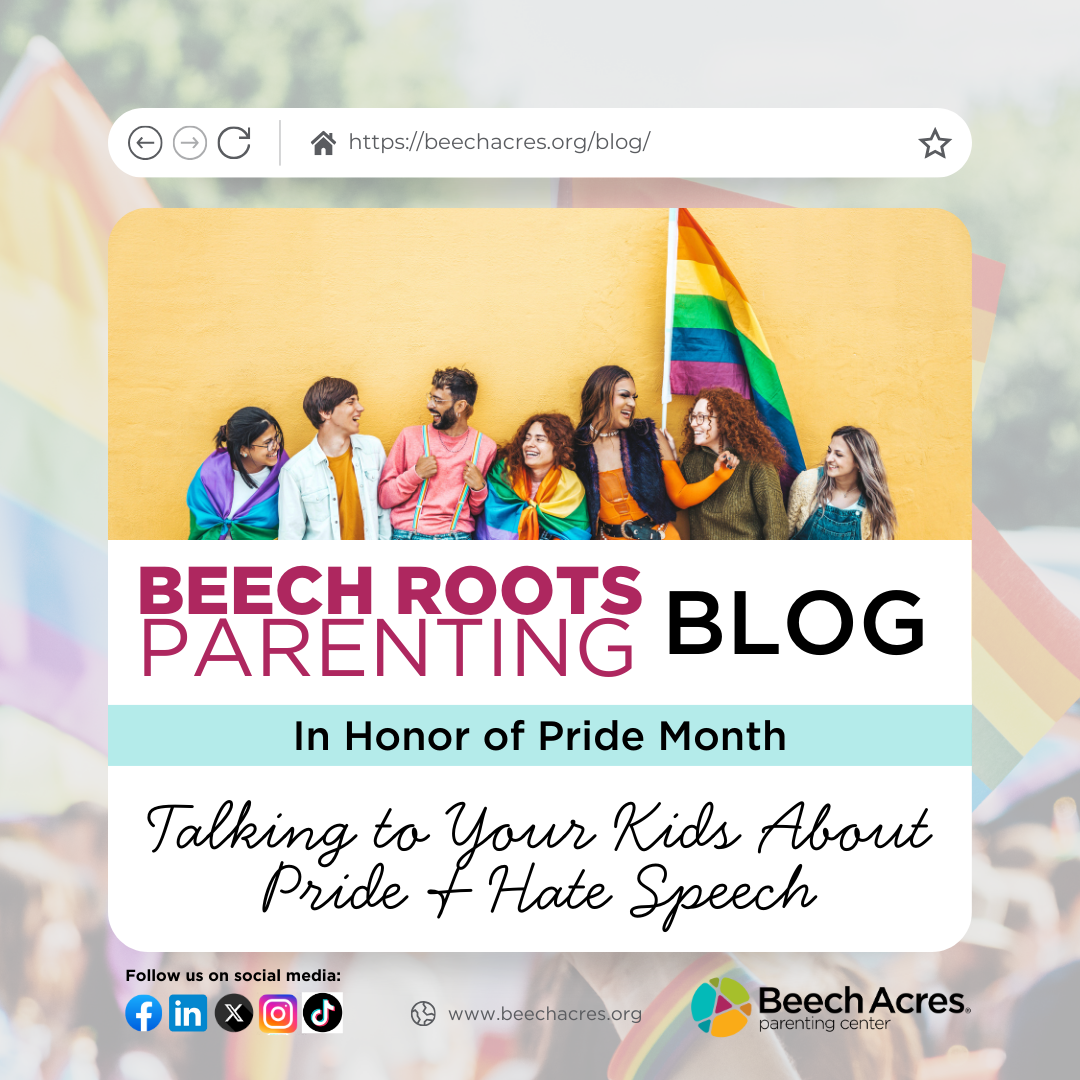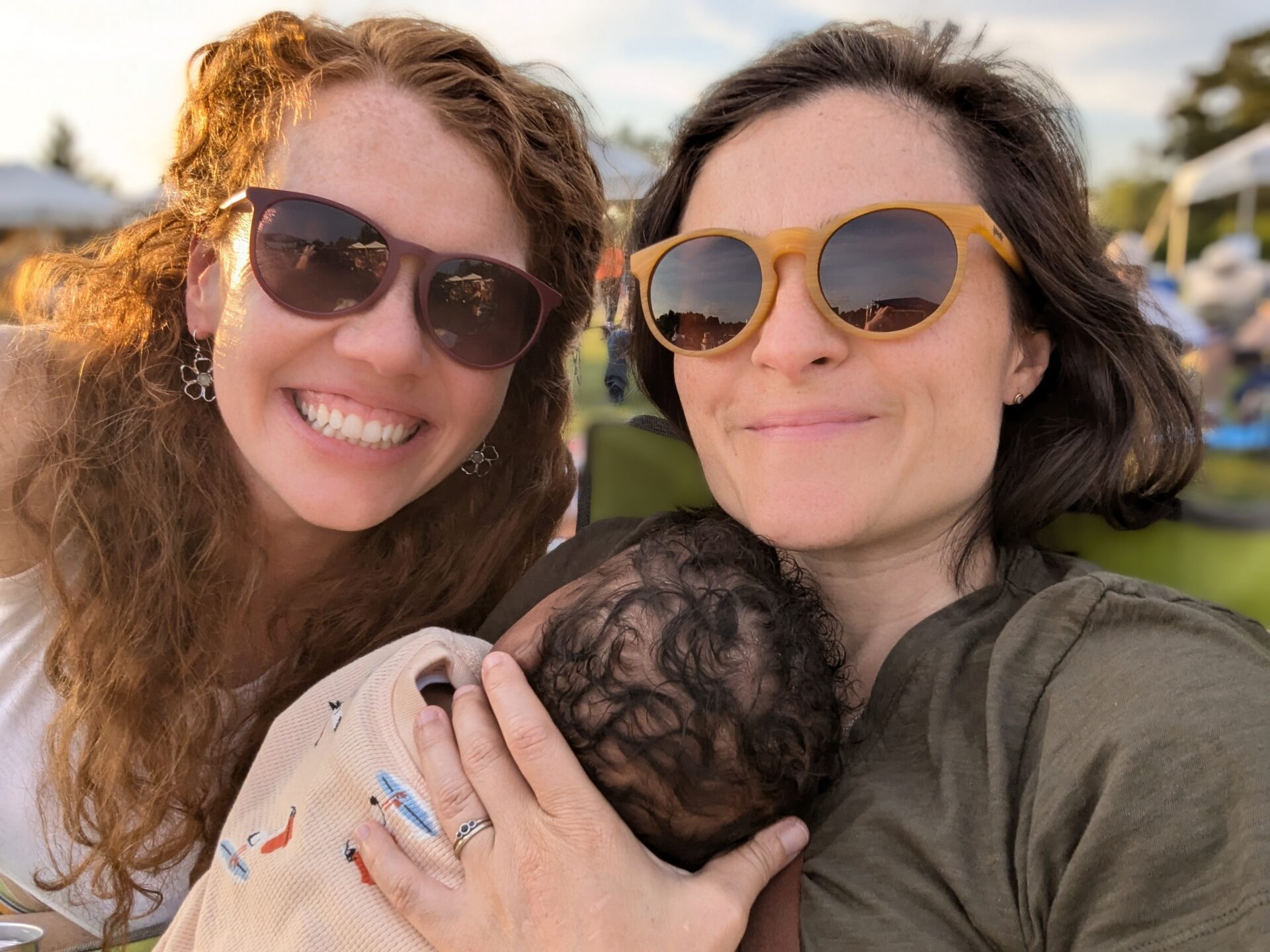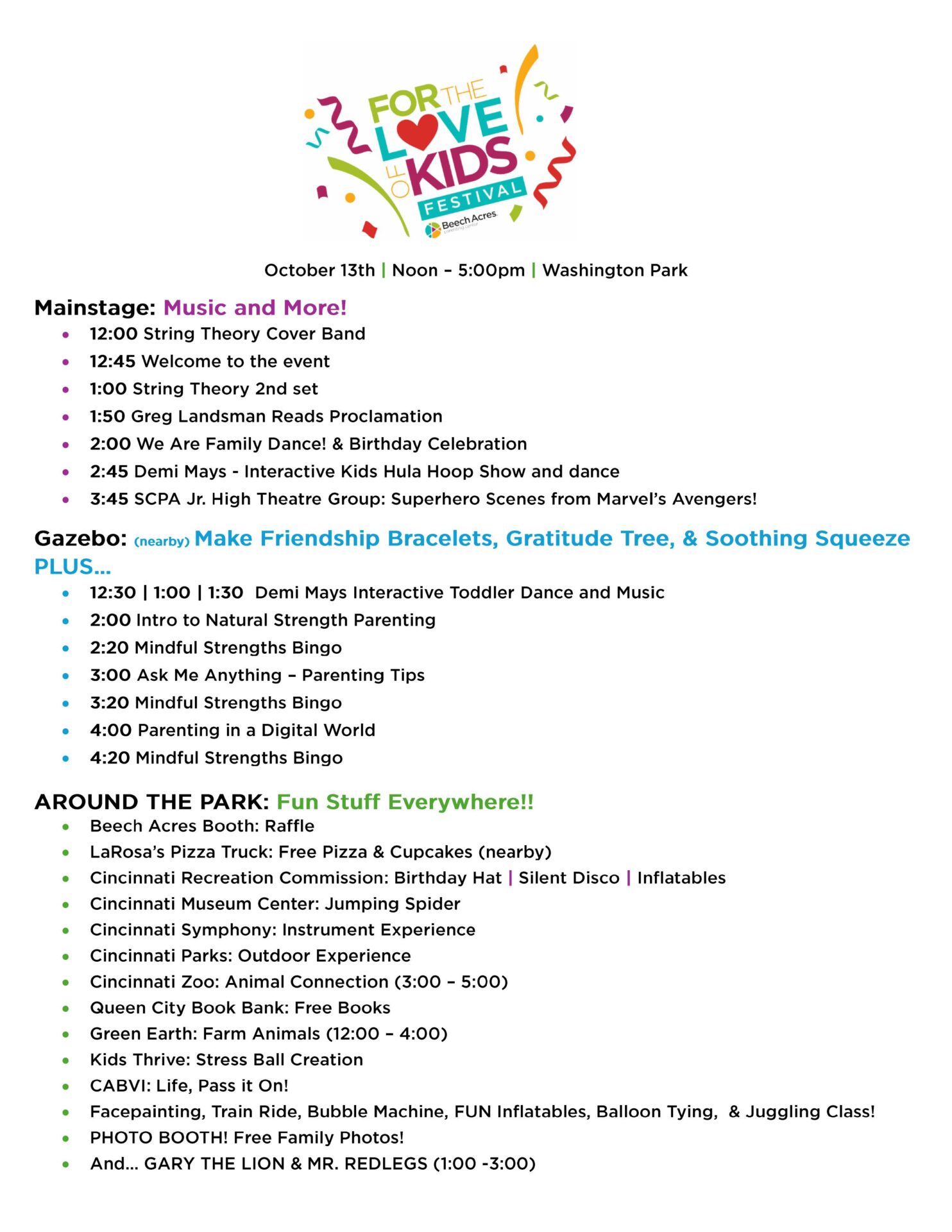A Parent’s Guide to Having Critically Important Conversations About Diversity, Racism, and Equality with Your Children Part 1

A Parent’s Guide to Having Critically Important Conversations About Diversity, Racism, and Equality with Your Children Part 1
A Parent’s Guide to Having Critically Important Conversations About Diversity, Racism, and Equality with Your Children
Part 1
Having a Conversation About Race: A Guide for Caucasian Parents
Tough conversations are usually the most important ones to have with your kids. And right now, there is not a tougher, or more important, discussion to have with your children than that of racial inequality and injustice in America.
If you’re a Caucasian parent, this may be a difficult, and perhaps uncomfortable conversation, but it’s necessary. We hope that these tips help you engage in a successful dialogue about race with your family and begin to be a part of the positive change we so desperately need in our world.
Check Yourself
This may be the hardest part of all. Just starting the conversation. Following the civil unrest caused by the death of George Floyd at the hands of police officers in Minnesota, you may be feeling a wide range of emotions yourself. From anger to confusion, to helplessness. 2020 has not been an easy year, to say the least. Considering that we are not out of the woods yet with the COVID-19 pandemic, having to address another global crisis with your children may seem insurmountable as the issue of racism itself. So, start by taking care of yourself. Turn off the television, put down your phone, and take a moment for you. This is an excellent time to practice a little mindfulness to center yourself. You can sit for a moment with your thoughts, taking a few deep calming breaths to clear your mind. If you need some guidance on mindful breathing, watch this video.
Natural Strength Parenting™ Tip: If you want to go further with mindfulness, download our Body Scan activity.
Have The Conversation
It’s time to start the conversation with your kids. Be intentional in your approach. This is not a conversation that should be avoided.
Children can begin to notice racial bias at a shockingly young age. For your younger children, start by exposing them to a range of media that demonstrates diversity and representation. We’ll link to some books you can explore with them. Seeing individuals that don’t look like them in movies, videos, and books can help them broadly understand diversity.
The fact is that most of their family, neighbors, and friends probably look like them. Talk clearly about physical differences and the reason behind them. Explain that a person’s genes determine how they look, from the color of their eyes to the shape of their nose, to the color of their skin. Allow them to explore their strength of curiosity by asking questions.
Your older kids will be more aware of the differences between people and are likely to know more about injustice, inequality, and racism. Ask them what they have seen on the news, heard online, and what their friends are talking about. Answer any questions they have and acknowledge, embrace, and empathize with their feelings. Your older children will be more likely prepared to use their strengths of perspective and social intelligence.
Natural Strength Parenting™ Tip: While acknowledging that their unique perspective is important, part of flexing that strength is being able to understand and accept other people’s point of view.
Know The History
Read up first.
Providing historical context to the issue of race in America is very important. Lean into love of learning here and be prepared to answer tough questions, and research the ones you don’t have answers to together.
From slavery at the dawn of our country to the civil rights movement of the 1960s to the more recent violence against young Black men, our country has a complex and complicated history when it comes to race. Talk with your children about these events so they can understand the reasons for division in our country so they can share the desire to heal.
For your younger kids, explore fairness and bravery with them by discussing Rosa Parks’ protest on December 1st, 1955. Ask powerful questions like “why was it unfair for her to be asked to give up her seat?”. Challenge them to be brave and speak up if they see someone being treated unfairly.
Your older kids may be ready to explore more complex civil disobedience in reaction to racial injustice by listening to Dr. Martin Luther King’s speeches. Hearing his words and exploring his actions can help inspire leadership and demonstrate perseverance for your older children.
Don’t Ignore The Really Difficult Stuff
It’s difficult to understand fairness when so many of our own citizens are being treated unfairly. We all want our children to be safe. Unfortunately, the idea of “safe” can be quite different between white and black parents. While you may talk to your child about being safe while crossing the street to visit a friend or about “stranger danger”, most Black parents have a different idea when discussing safety with their children. For African American families “the talk” is usually about how to deal with the police. Watch this video with your children to see real parents discussing this issue with their own kids.
This can lead to a frank discussion of violence against African American men and women. Unfortunately, there is no shortage of stories to start with. Rodney King in 1991. Timothy Thomas in 2001. Trayvon Martin in 2012. Atatiana Jefferson last year. And of course, George Floyd this year. Among the many others. All of these incidents ignited civil unrest and brought our nation’s long-festering issues with racism into focus. For a little while. Revisit these stories and explore the motivations behind each incident. Discuss the results and the outcomes. Ask your child if they think things have changed.
Natural Strength Parenting™ Tip: Practice your strength of honesty when dealing with these painful stories. Be sure to stay close to the facts of each incident in an age-appropriate way. And remember it’s ok to be vulnerable in the fact that you don’t have all the answers.
Model Appropriate Behavior and Be an Ally
So, what’s next? First, continue to monitor the news and be aware of your child’s exposure to what they hear each day. Make sure you acknowledge and empathize with their feelings; fear, confusion, sadness, and anger maybe some of the many emotions they may experience. Tell them it’s ok to feel the way they do.
Next, encourage and embrace diversity in your everyday life. Whether it’s small, conscious decisions in the movies you watch, the music you listen to, or places you visit, consider how you can expose your children to diversity regularly. Expand your child’s understanding of the world by exploring different art, culture, and food.
In mental health, we often discuss reducing or eliminating stigma. You can fight against racism by reducing or eliminating stereotypes. Individuals are shaped by their environment, decisions, and uniqueness. If you model openness, acceptance, and embrace diversity, your children will follow suit.
Finally, consider ways you can be an ally. You’ve already taken the first step by acknowledging and educating yourself on racial issues plaguing America. You’ve started open, honest conversations in your home on race and diversity. Now it’s time to listen. This is a time to let marginalized and oppressed voices be heard. Let them speak and hear what they have to say. Amplify their voices if you can on social media. Get involved. You don’t have to rush to a protest and be on the front lines just yet, but you can help by organizing your friends, have open discussions with them about race and find ways you can work together for equity. Donate to a worthy cause or support a minority-owned business.
Reach out to your friends and let them know that while you may not understand, you stand with them. Share your strengths of kindness, love, and hope.
Together we can make a difference.





